|
|
Sunday Review: CSAM Image Detection Delayed - On-device Detection Needs CancellingBy Graham K. Rogers
I first saw the news in an article by Stephen Warwick (iMore), but several other articles and comments followed quickly Friday evening here. These include Hartley Charlton (MacRumors), Roman Loyola (MacWorld) and Evan Selleck (iDownload Blog). Jaron Schneider (PetaPixel) also reported on this with a photography slant. That article particularly mentioned that this is delayed for a few months, so the CSAM image detection feature is coming, although what changes are to be made are not clear at this time.
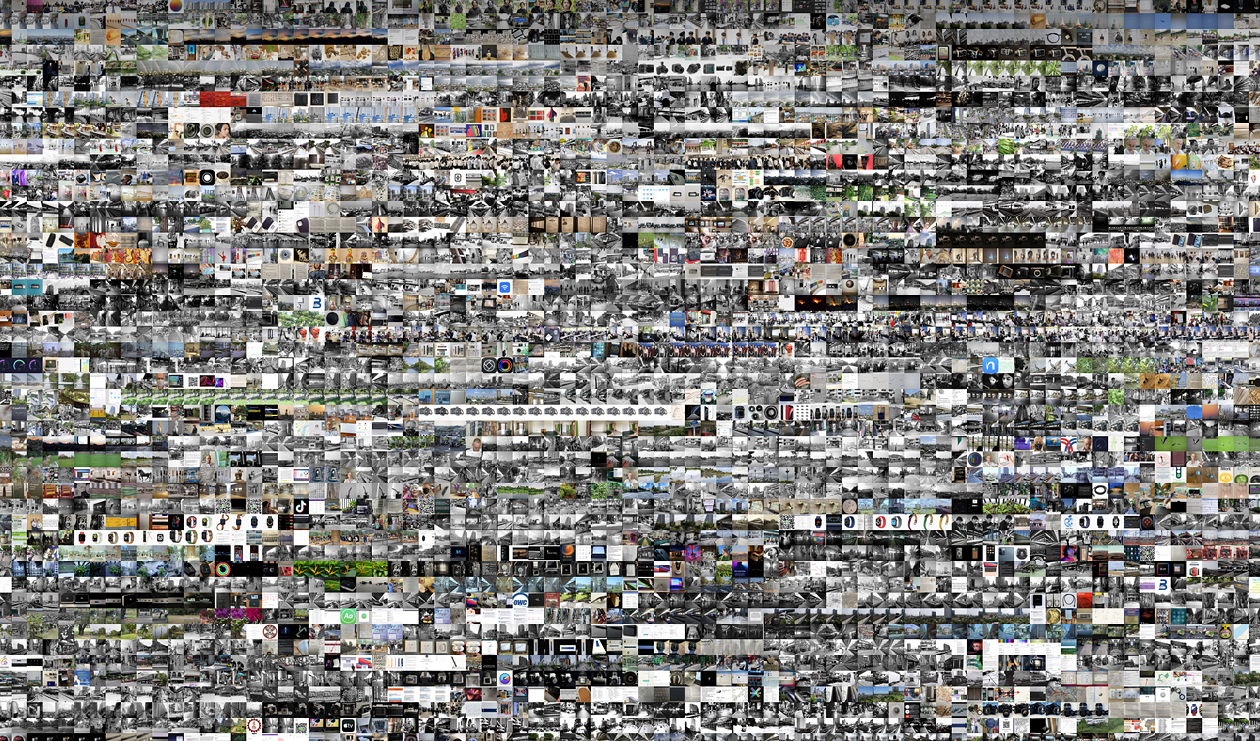
Photos Image Library on the Mac
One of the groups providing feedback was the Electric Frontier Foundation (EFF) and they are not convinced by this rollback and the delay in implementation. The headline of their reaction (Cindy Cohn) makes this clear: Delays Aren't Good Enough - Apple Must Abandon Its Surveillance Plans. The article is brief, but makes specific reference to the on-device scanning of images, which is the open door that many have reacted to. Since it was introduced, the iPhone has been touted as secure. Providing the ability to seek out specific images, even if they are hidden behind a hash number, is too risky as many commentators have commented in the last couple of weeks. The scanning should be done when the images are uploaded to iCloud, but Apple should also introduce encryption there which is possible; but they backed away from after pressure from the FBI. As several commentators, including Edward Snowden, have pointed out, the 5 Eyes (security services of Australia, Canada, New Zealand, UK and USA) collaborate and share information to circumvent domestic restrictions.
It is worse than that. According to a report on MacObserver (Jeff Butts), Apple's automated software must have had a glitch. That software is part of the approval process and eventually the process may be elevated for human intervention, which is what happened in this case. This software solution before human intervention is what Apple intended to use in its CSAM image detection feature according to Craig Federighi. If it can go wrong (and perhaps has been in error for several examples of rejection), then there is no guarantee that Apple's good intentions can ever be carried out as planned.
More details are in the article which notes that the Morrison Government, using the usual red cards of CSAM and terrorism, ignored the recommendations of the bipartisan Parliamentary Joint Committee on Intelligence and Security that stronger safeguards are needed to protect the privacy. There is no judicial oversight in the provisions of the Bill, which is an unusual and risky step.
I saw Live Text in the Apple introduction video at the WWDC outline in June and realized that this feature provides a significant productivity tool. Jefferson Graham provides a couple of examples and I admit I have tried this myself. With clear, printed text it seemed near faultless and this will save a lot of work. With handwritten photo input it can be a bit hit and miss, depending on the style of the text (my handwriting is awful) and other factors like the use of capitals (upper case) or lines, such as in a flow chart: some words were missing, some misspelt and there were a couple of other errors. It pays to refer to the original image and edit the text output. But this is good.
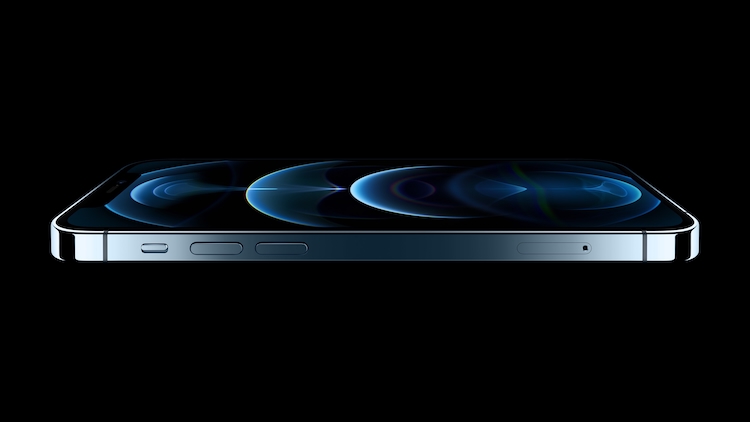
Current iPhone modele - Image courtesy of Apple
Kuo came out with a prediction this week that the next iPhone would have limited satellite access so calls could still be made even without a carrier signal. Within hours of this unqualified speculation being circulated, the stock market had moved significantly with Apple leading the way and Globalstar stock rising 40%. Of course if this is not so, when the device is announced the share prices will be reduced. There was some evidence to back this up with reported relationship between Apple and the satellite company, whose shares also rose significantly. Rene Ritchie (iMore) came up with a good analysis of this a couple of days later which, in effect, debunks the idea, although the effect that this rumor had on share prices was significant. A couple of days after his satellite prediction, Kuo put out a report, immediately taken up by several online sources (again), that suggested the next Apple Watch would be delayed, due to production difficulties. True or not, such negative reporting puts pressure on Apple shares, but not significantly on Apple, unlike the pressures that were being applied in 2012-2013 when corporate raiders were circling and there was much criticism of Tim Cook. Not that Cook was not doing the job he was paid to do, but the main idea was that because he was not Steve Jobs that was an automatic fail. Several Wall Street analysts picked up on that, some suggesting alternative CEOs who would be better, all from outside Apple. I was surprised back then to see that MacDaily News was critical of Cook and that does not appear to have changed, despite the success that he has led Apple to in the interim. Following an analysis of potential replacements for the Apple CEO now that he has passed 10 years at the helm, Mark Gurman's analysis (above) suggested that overseeing one more major product would perhaps signal the time for Cook to vacate the position. In reporting on this, MDN commented, "We look forward to the release of" implying that the editors (editor?) there would not be sorry to see Cook go.
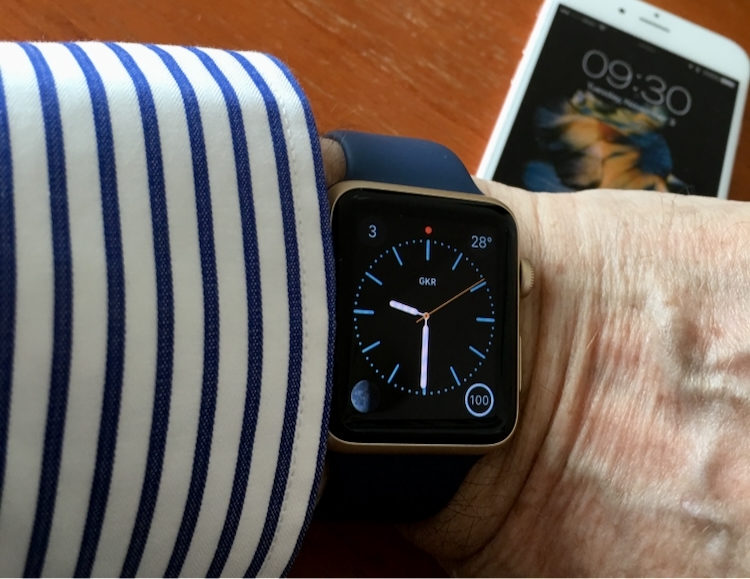
The blood pressure feature is a bit different as anyone who has had a visit to a medical facility in recent times might imagine. It used to be a mechanical operation with the sleeve pumped up using an air bulb; but in recent times this has become an electro-mechanical process, but even devices for the home are comparatively large compared with a watch. I have owned a couple of these and they do not fit in the pocket. The rumors are not clear if this blood pressure monitoring is to be an add on, or if it is for 3rd party apps. I admit that I am locked into imagining a traditional device so I do not know if Apple has managed to reimagine the process, but I am doubtful. Later, Mark Gurman put out a note that this feature would not be coming to the Watch just yet. Other rumors then insisted that the next Apple Watch would see some production delays (above), while in the background Wall Street analysts were see-sawing between Apple falls and Apple rises. After a sharp rise, the AAPL stock price fell back to around $152.50. Apple's stock price rose to a new high ($154.30) at the end of the week, but not without some headwinds on the way. Depending on whose opinions I read, and which day I read them, Apple is predicted to rise, or Apple is predicted to fall. It is often revealing to look at different time lines and the Apple Stocks app allows views from 1 day through to 1 year as well as 2 years, 5 years and (best of all) 10 years. There is also an ALL view which takes us back to 1984.
To an extent this does go along with some of the changes that Apple had already announced, but instead of a court-approved change of direction, this is now enshrined in one country's laws. I would expect others to follow. Spotify likes this (I expect Netflix and others will too). There are also provisions that are designed to prevent unwarranted delays to app approval (see above), something that has always been a bone of contention with some developers, particularly when the Store rules seem to be applied unevenly. As well as the EU and USA, Apple is under fire in Australia too, with noises being made about its payments systems: the cards not the App Store. The legislation that is being considered would also affect Google Pay and WeChat Pay (Hartley Charlton, MacRumors): the reader comments with the article are revealing. It seems these systems are not classified as "payment systems" and the banks are becoming uncomfortable with the way these successful card systems are growing as well as competition and alleged safety issues. The banks and credit card companies have nothing to crow about.
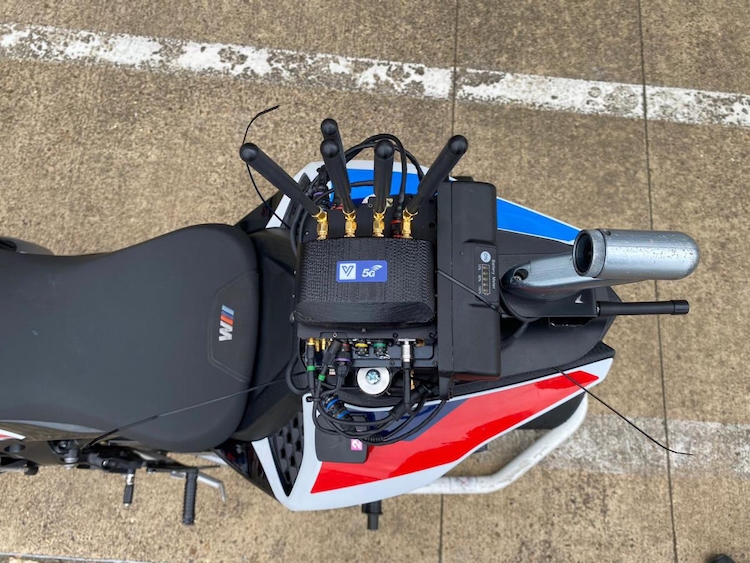
5G transmission unit on MotoGP bike - Image courtesy of Dorna
Unfortunately, the effect was spoiled when, 5 minutes before the main race that came next, the screen went blank. I had a standby ready with the iPad Pro as the signals from the previous two races (in Austria) had been poor, with some breaks, but the whole system was broken. I did see one panel briefly that had the word, Gateway on it, so it was more than just a simple problem. Dorna, the company that runs MotoGP - far better than Formula One is managed - put out an apology later. I gave up and switched to Netflix for the rest of the evening. Although the signal is occasionally weak this is the first time in my 9 years of subscribing to the service that it has failed completely. I watched the recorded races (MotoGP and Moto2) in full the next day.
Graham K. Rogers teaches at the Faculty of Engineering, Mahidol University in Thailand. He wrote in the Bangkok Post, Database supplement on IT subjects. For the last seven years of Database he wrote a column on Apple and Macs. After 3 years writing a column in the Life supplement, he is now no longer associated with the Bangkok Post. He can be followed on Twitter (@extensions_th) |
|

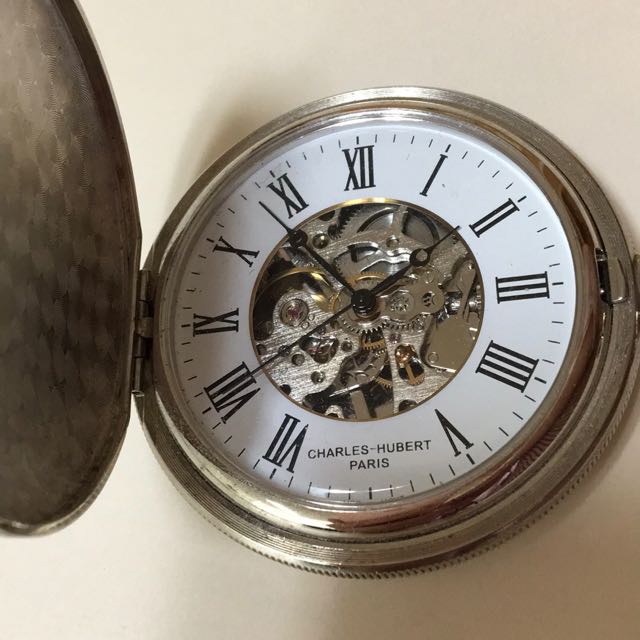
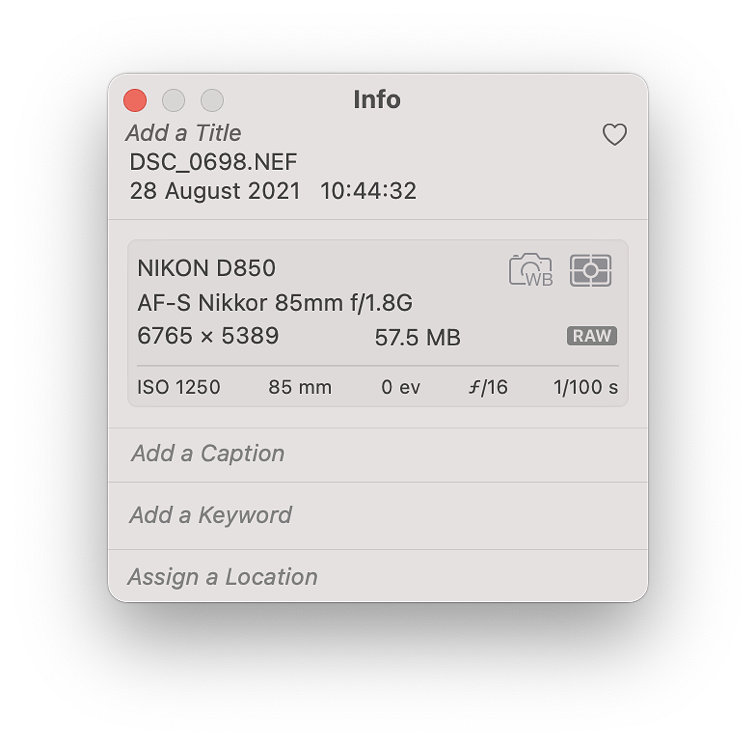 I have bemoaned the lack of information on iOS about the photographs I take and installed a 3rd party app (Investigate) which can be accessed from within Photos on the iPhone and iPad, or used as a standalone. The new feature on iOS 15 will provide about the same amount of information that can be seen using Information in Photos on the Mac (see image at right): some, but still not enough. It is a step in the right direction, however.
I have bemoaned the lack of information on iOS about the photographs I take and installed a 3rd party app (Investigate) which can be accessed from within Photos on the iPhone and iPad, or used as a standalone. The new feature on iOS 15 will provide about the same amount of information that can be seen using Information in Photos on the Mac (see image at right): some, but still not enough. It is a step in the right direction, however.
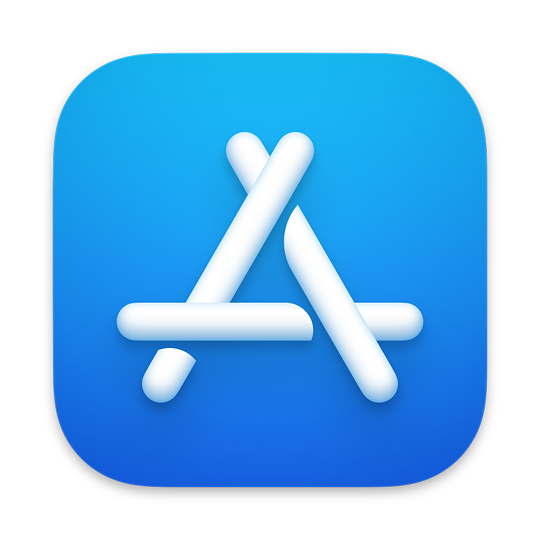 A lot of countries have threatened legislation, like the USA, UK and the EU but South Korea is the first to produce an Act that specifically targets these online stores. With South Korea as the headquarters of Samsung, this does not seem a complete surprise. The legislation will stop those running such stores (Apple/Google) from insisting that in-app purchases must be made through the store. The Telecommunications Business Act, "will prohibit companies like Apple and Google from forcing developers to use their own in-app payment systems" (
A lot of countries have threatened legislation, like the USA, UK and the EU but South Korea is the first to produce an Act that specifically targets these online stores. With South Korea as the headquarters of Samsung, this does not seem a complete surprise. The legislation will stop those running such stores (Apple/Google) from insisting that in-app purchases must be made through the store. The Telecommunications Business Act, "will prohibit companies like Apple and Google from forcing developers to use their own in-app payment systems" (